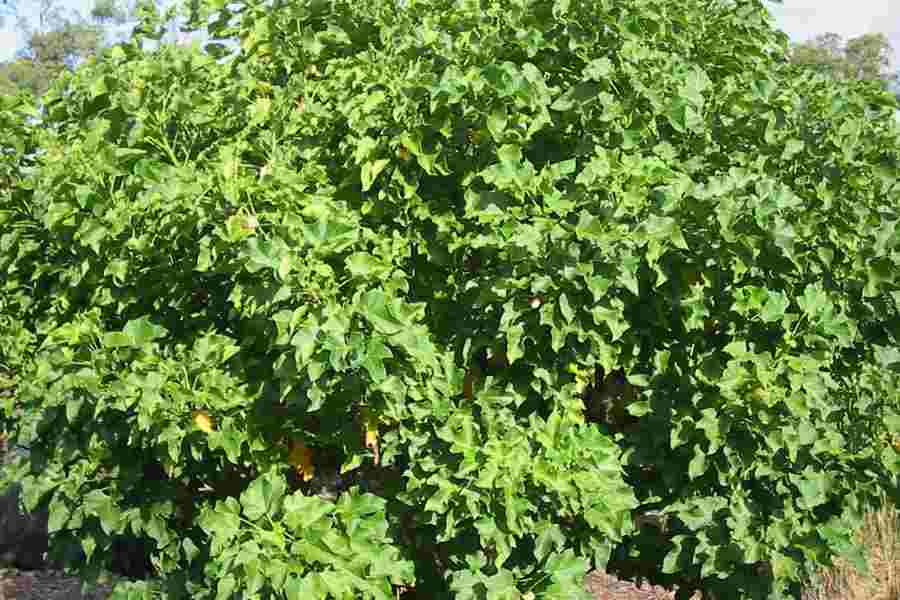Pests Of Jatropha
페이지 정보
작성자 Adrienne 작성일 25-01-10 02:58 조회 529 댓글 0본문
Jatropha Curcas is gaining importance commercially as the demand of fossil fuels increases tremendously and also jatropha curcas is an eco-friendly energy plantation. Plantation of this plant is considered to be an outstanding fuel alternative and it is likewise really cost-effective compared to other fuels. Recently, jatropha curcas is dealing with some difficulty with bugs and diseases. The pests are classified into 2 varieties: Pest that impact young plants and Pest that affect developed plants.
Young plant bugs: Cutworm, Scarabeid Beetle, Army worm, Grasshopper.

Agrotis ipsilon: It is typically called Cut worm. This pest affects the seedlings and young Jatropha plants. If the plant is affected by the cutworm, the stem gets cut nearer to the soil surface area and this will shrunk the plant entirely.
Control: This insect can be controlled by picking the larva discovered around the plants or by mixing the bran, sawdust with insecticides.
Scarabaeid Beetle: This pest destroys the root of the young plant. Initially, the larva takes in the natural matters present in the soil and then pertains to the root. The larva attack may kill the entire plant.
Control: The plant with good resistance power can conquer the pest. For heavy attack, insecticides with elements carbosulfan and carbofuran can be used to eliminate the bug.
Army worm: Spodoptera litura presence can be identified by biting in the leaves. The severe infection might entirely kill the plants.
Control: Insecticides are utilized to control the insects.
Grasshopper: This is typical bug discovered in numerous plants. Valanga nigricornis and Locusta migratoria extensively attacks the plant. The bug frequently attacks the young plant.
Control: The insecticides used betacyfluthrin, cypermethrin, thiodicarb, MIPC, and fipronil.
Pest observed in mature plants:
Pest of Stem: Ostrinia furnacalis, Xyleborus spp.
Ostrinia furnacalis and Xyleborus: This bug damages the Jatropha stem and it is widely seen in Indonesia. The stem assaulted by this bug typically fall down. The presence can be recognized by the larva penetration hole at the stem.
Control: The Insecticide generally utilized to manage this pest is carbofuran.
Pest of leaf: The typical pests observed are leaf caterpillar, Neetle caterpillar, Leaf hopper, Mite, Ear corn caterpillar.
Leaf Caterpillar: This insect can eat all the leaves of the plant in short period. The quality and yield of the seeds get lowered due to the heavy attack.
Control: This can be controlled by selecting the old larvae around the surface area and getting rid of the attacked leaves.
Needle Caterpillar: This caterpillar is covered with spines and produces a burning sensation when permitted to exposure to skin as it produces certain chemical substance. Initially the pest crowded in the leaf and after that spread all over the plant when it gets older.
Control: Manually, the insect can be eliminated just by soaking it in water or kerosene. The heavy attack can be managed by spraying organophosphate .
Leaf Hopper: This pest is found primarily in tropical and subtropical regions. The insect targets the leaf and draws all the nutrients of the leaf and gets curls at the suggestion. Later, the entire leaf dry and pass away.
Control: The heavy attack can be controlled by using insecticides like imidachloprid, beta cyfluthrin or carbosulfan.
Mite: Mite likewise attacks the leaf and makes the entire plant weak. The insect presence can be determined when the leaf become yellowish, diminishes, turns red and fall down. The insect can likewise be spread out through fallen leaves.
Control: Some preventive procedures can be simulated appropriate sanitation and burning the fallen leaves. Heavy attack can be dealt with by spraying insecticides.
Some awful pest which attacks flower and fruit are, Stink bug (Nezara viridula)
Chrysocoris javanus, Tip borer caterpillar.
Stink Bug: Sting bug is a serious insect which attacks the plant throughout blossom duration so the crop yield totally falls down. This insect is seen around the tropical region.
The hazardous enzyme in the plant diminishes the entire plant.
Control: Insecticides recommended for this bug is chlorfluazuron, diflubenzuron, alfamethrin, and lamda cyhalothrin.
Tip borer caterpillar: The insects commonly happens attacks the plant in flowering season and this pest is seen extensively in tropical regions. The female pest laid the eggs on the tender part of the plant and the young larvae feed the young fruits and plant suggestions.
Control: Manually, the attacked seeds are advised to burn. The insecticides like monocrotophos and bensultap are sprayed at the flowering season.

댓글목록 0
등록된 댓글이 없습니다.




